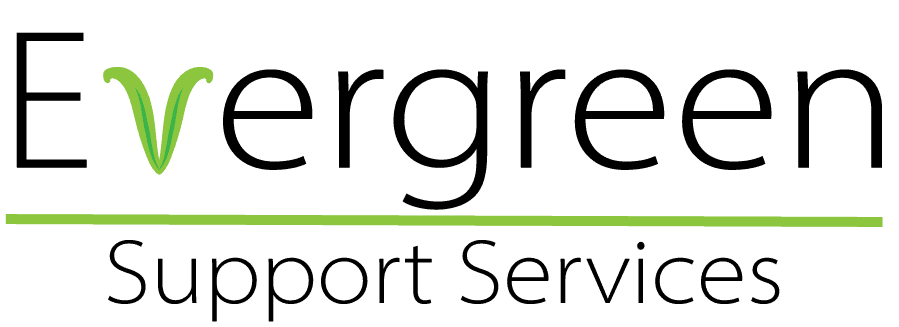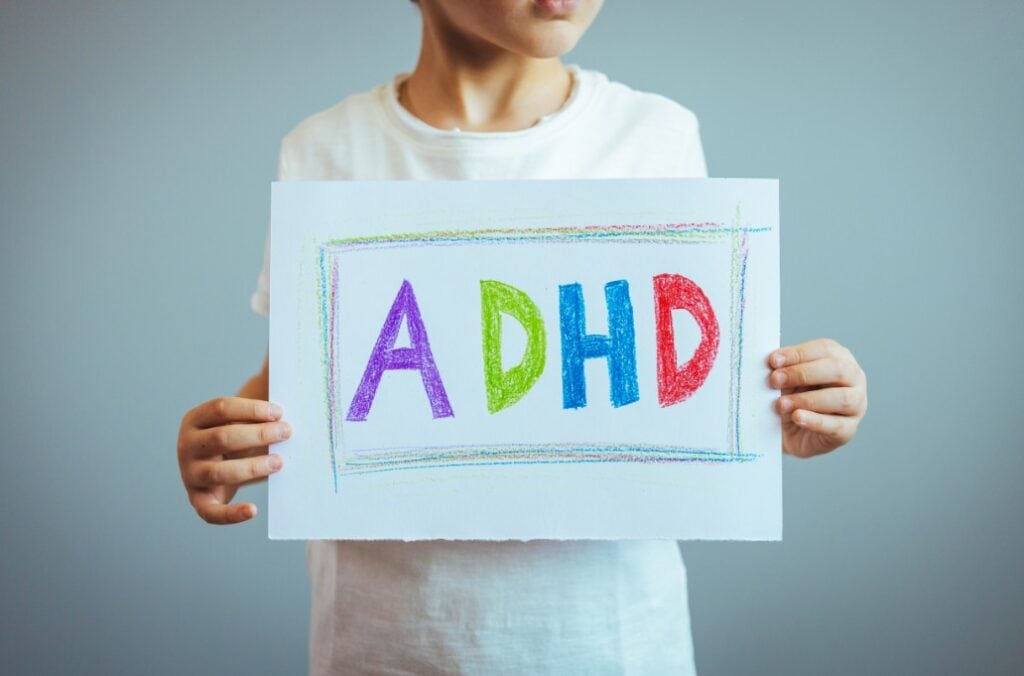Helping a Child with ADHD Successful Strategies written by Evergreen Support Services
Parenting is a challenge in itself, but when your child has ADHD, the day-to-day responsibilities can feel even more overwhelming. Children with ADHD often struggle with attention, hyperactivity, and impulsivity, which can make managing everyday tasks like homework, chores, or even bedtime a battle. However, finding the right strategies that work for your family, you can help your house hold thrive. Here are some tips that may work for you and child with ADHD.
Create Structure and Consistency
Children with ADHD benefit greatly from routines and predictable environments. Structure means that the environment is organized and predictable. Clear daily schedules can help them know what to expect, reducing anxiety and impulsive behavior. Trying to stick to a consistent routine for meals, playtime, and bedtime may help your child.
Visual aids like charts or calendars can be a helpful way to keep your child on track. Check our our free ADHD Visual aids.
Break Tasks into Manageable Steps
Large tasks, like homework or cleaning up their room, can be overwhelming for children with ADHD. Breaking these tasks into smaller, more manageable steps can make them easier to handle. Provide one-step instructions, offering praise and encouragement after each small achievement. This approach also helps them develop focus and builds their sense of accomplishment.
An example of this: Cleaning Their Room
Instead of saying, “Clean your room,” which can feel overwhelming, break it down like this:
1. Pick up all the clothes off the floor and put them in the laundry basket.
2. Put the books back on the shelf or in their designated spots.
3. Collect any toys and place them in the toy bin.
4. Make the bed by straightening the blanket and fluffing the pillows.
5. Vacuum the floor or tidy up any remaining mess.
After each completed step, offer praise like, “Great job putting away your clothes! Now, let’s move on to the books.” This method reduces overwhelm and helps the child focus on one task at a time, while positive reinforcement keeps them motivated.
3. Use Positive Reinforcement
Positive reinforcement may be a powerful tool for helping .
The study Reinforcement Enhances Vigilance Among Children With ADHD the research shows that both medication and reinforcement can help improve focus and attention in children with ADHD, and using both together works even better in some cases. It also suggests that more research is needed to explore different ways to reinforce positive behaviors and sustain attention over time.
Some Examples:
– Verbal Praise: Acknowledge specific positive behaviors, such as completing a task or sitting still during dinner.
– Reward Systems: Use sticker charts or point systems that lead to a larger reward once a set goal is reached.
– Special Privileges: Offer treats or privileges, like extra screen time, for meeting goals such as completing homework consistently.
– Positive Communication: Send home notes or messages to parents, highlighting good behavior or achievements at school.
– Immediate Rewards: Provide small tokens or rewards immediately after a desired behavior to reinforce the connection between action and outcome.
Trying Gentle Parenting
Gentle parenting is often confused with passive parenting, but they are fundamentally different. Gentle parenting emphasizes respectful communication, setting clear boundaries, and nurturing emotional intelligence in children. It involves active guidance and discipline, encouraging children to understand and manage their emotions. Passive parenting, on the other hand, tends to lack structure and boundaries, often leading to children making decisions without adequate parental guidance or support. While gentle parenting fosters a cooperative and understanding relationship, passive parenting may result in a lack of direction and responsibility.
Managing impulsive behavior can be challenging, but maintaining a calm and patient deminer can be a powerful tool with supporting a child with ADHD. Gentle parenting can offer those tools. For further reading on gentle parenting click here.
Collaborate with Teachers and Professionals
Advocating for your child’s needs can be important and working with your children’s teachers and health care professionals can make a world of difference.
Developing strategies can help children experiences less stress in the class room. Below are some examples of things that may help a child experience ADHD:
– Extended time in tests
– Allow short breaks during the day or long extended tasks (The child may just get up and stretch their legs for a few minutes)
– Visual Aids and Timers: Visual schedules, charts, and timers can help children stay on track and manage time effectively
– Flexible Deadlines: Offering some flexibility with deadlines can reduce pressure and help the child feel more in control of their workload.
– Break Tasks into Smaller Steps: Large assignments or tasks can be overwhelming. Breaking them into manageable parts makes them more achievable.
Could also look at specialized support, helping your child learn skills like organization, focus, and emotional control.
Physical Activity in the mornings
Many individuals report that exercise first thing in the morning can help with managing their ADHD. There is research to back up these claims. In the report Effects of physical exercise on attention deficit and other major symptoms in children with ADHD: A meta-analysis – they reported that physical exercise can improve attention, motor skills and executive function with no adverse side-effects compared with drug therapy. Although physical exercise did not significantly improve hyperactivity, depression, social problems or aggressive behaviour.
Exercise may help your child in the morning and may be worth exploring.
Prioritize Self-Care for You
Most importantly taking care of your self, parenting a child with ADHD can be demanding, and it’s important to take care of yourself. When you can take some time for some self-care, whether it’s exercising, spending time with friends, or simply enjoying a quiet moment. Taking care of your own well-being ensures you have the patience and energy to effectively support your child.
Conclusion
Parenting a child with ADHD comes with unique challenges, but with patience, structure, and the right support, your child can thrive. By focusing on positive reinforcement, building strong communication with professionals, and encouraging activities that channel energy in productive ways, you can create an environment where your child feels understood and supported. Remember, each small success is a step forward in helping your child reach their full potential.
Thank you for reading “Helping a Child with ADHD Successful Strategies” check out our blog for more articles about ADHD.
Helping a Child with ADHD Successful Strategies written by Evergreen Support Services


